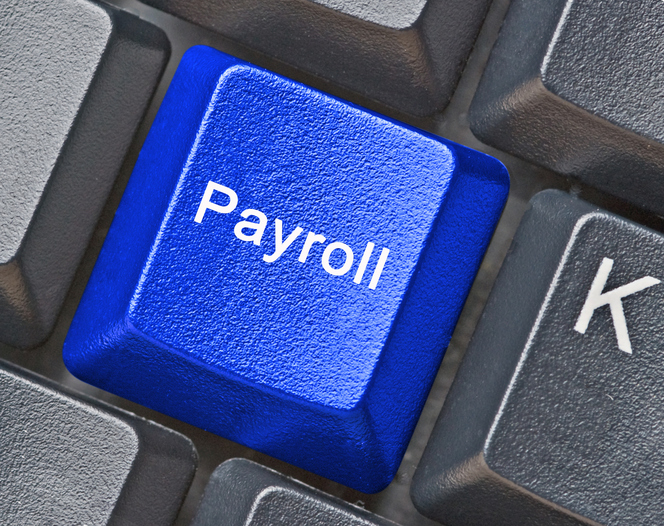In the business world, everyone is always looking to maximize profitability. It’s not because business owners are greedy trying to grab every last dime. It’s because they are working their tail off to either make the business succeed or make it grow.
In their efforts to do so, business owners look to control what they can, especially when it comes to costs. As a salesperson, I have often been the person who they tried to control costs through by either beating me up on price, extracting extra services or using what my company does to help make them more profitable. However, it often seems to come back to controlling costs.
When a business owner thinks of controllable costs, they often think of material prices, employee hours or something else on the production end. What seldom comes into play is controlling workers comp, healthcare and unemployment costs. But, how can you control those costs? Those things are completely out of a business owner’s control. Right?
Wrong! Large corporations, with large HR budgets, have long been able to control costs in those area by self-insuring or doing better documenting of employee issues that lead to terminations. Small business owners general don’t have that same luxury, unless they work with a PEO.
How PEOs Make Your Business Stronger
According to a recent white paper put out by the National Association of PEOs, companies that use a PEO have 10-14% lower turnover of employees than comparable companies. With employee replacement costs equaling 150% of that employee’s wages according to the Society of Human Resource Managers (SHRM), that is a cost that is a potentially large cost that can be cut or altogether avoided. These numbers are even higher for companies in the white collar world.
Companies that use a PEO that has a self-insured Worker’s Comp and/or Healthcare program automatically have mechanisms put in place through those programs that monitor and manage costs tied to those programs. By having specialists working exclusively in those areas, every conceivable way to manage those costs is reviewed for its viability and cost effectiveness.
Additionally, companies that use a PEO are 50% less likely to fail compared to other similar companies in their industries. According to that same white paper “Data broken down by specific industries point to ‘Professional, Scientific, and Technical Services’, ‘Construction’ and ‘Finance and Insurance’ as being three industry categories that disproportionately benefit from PEO services in both lower employee turnover rates and lower business failure rates.”
To see how a PEO like GMS can benefit your business, give us a call at 330-659-0100 or fill out our online form today.







